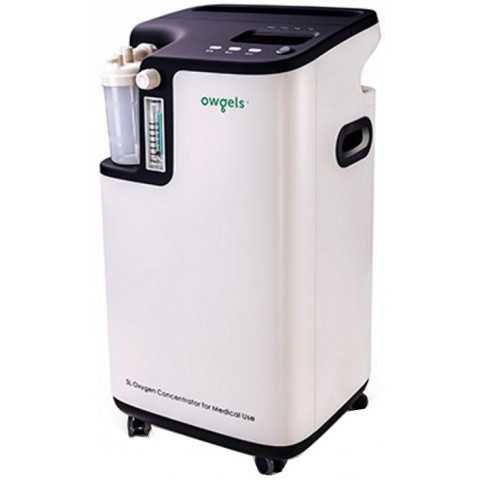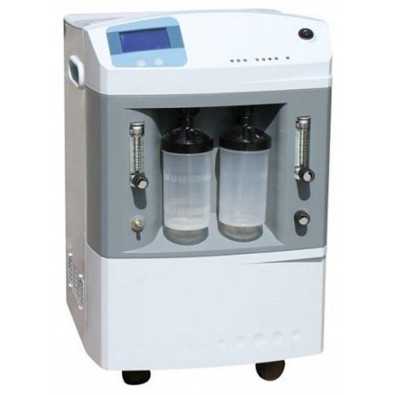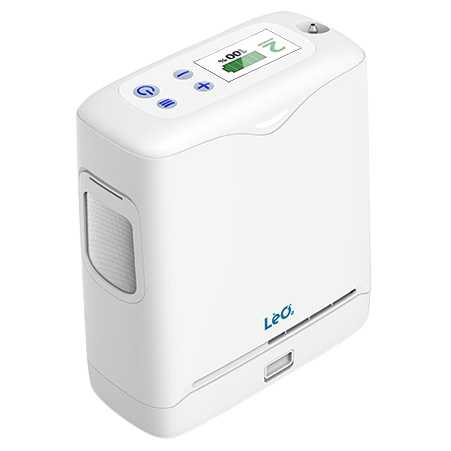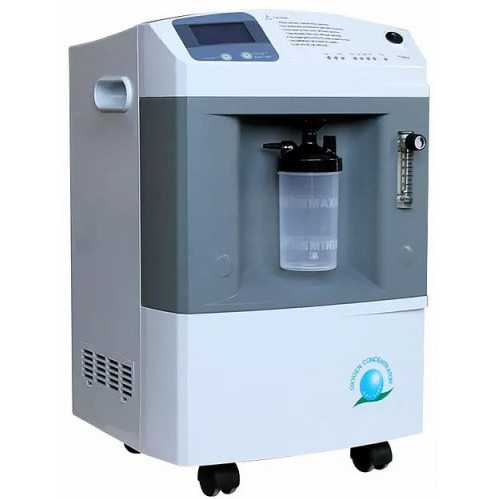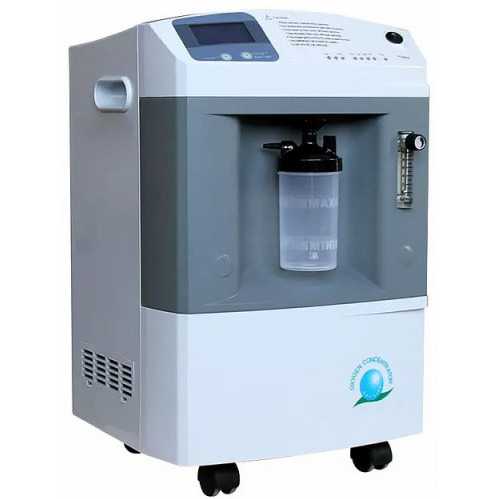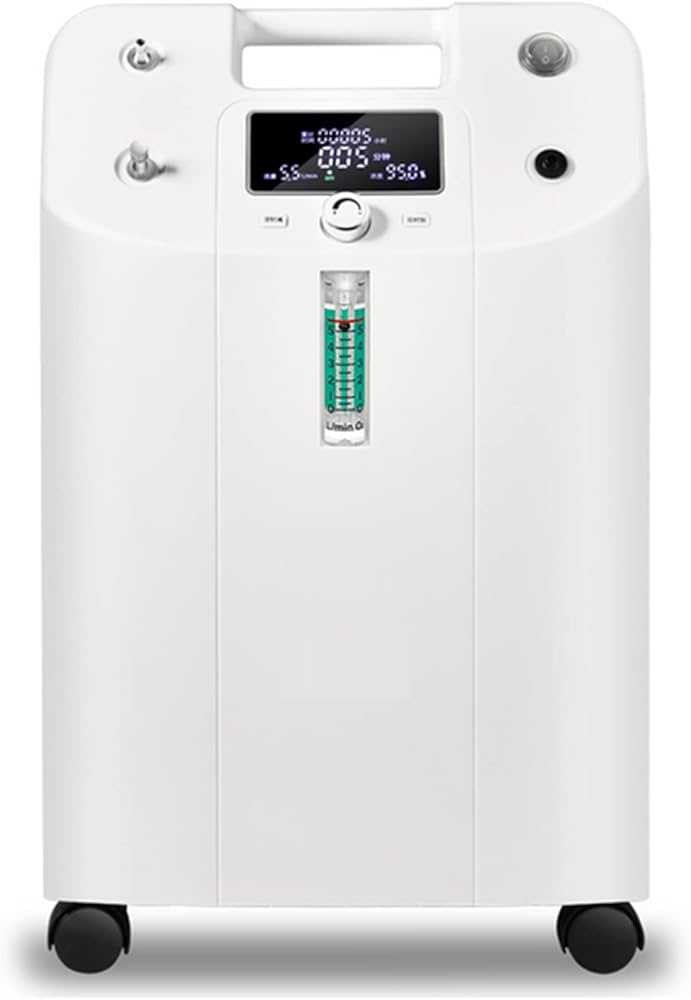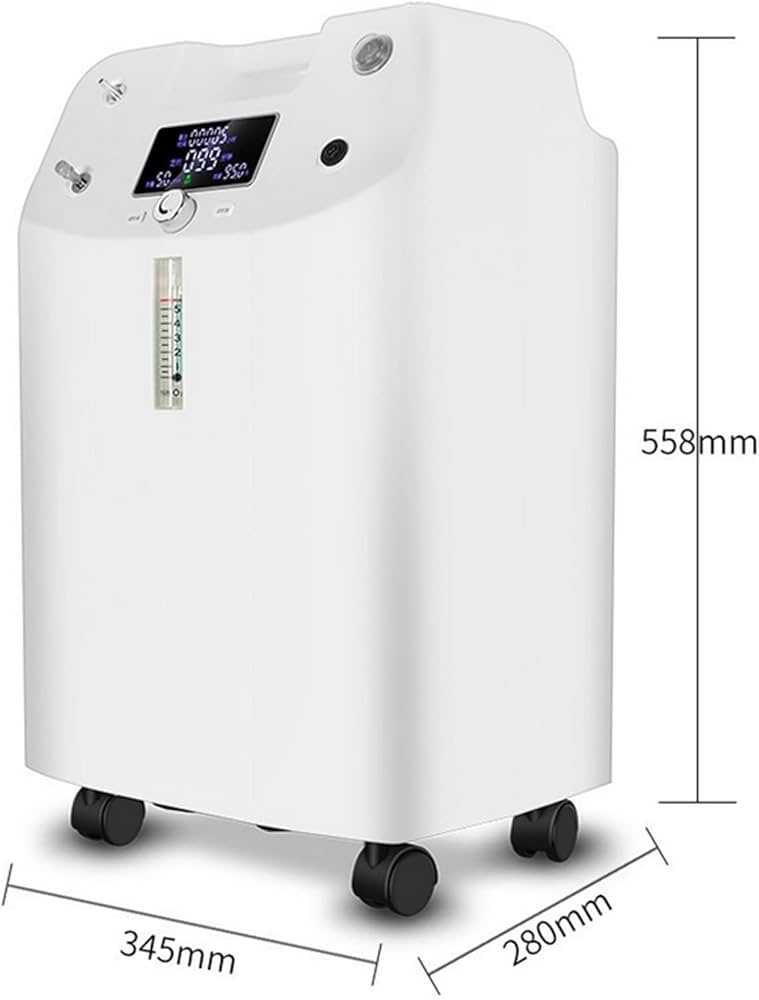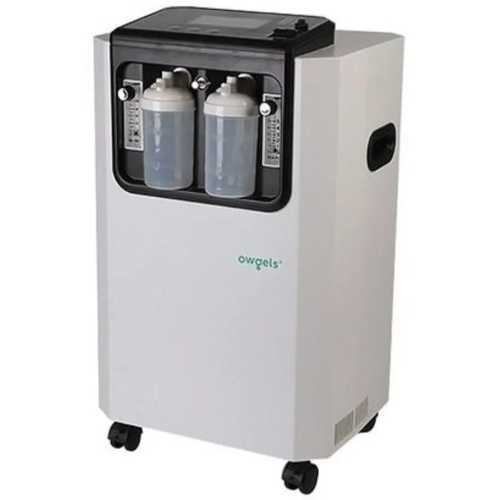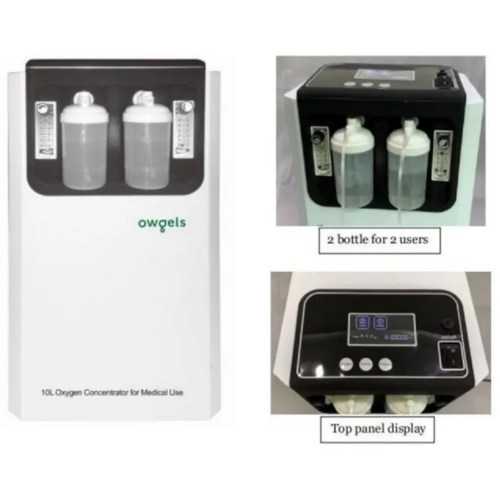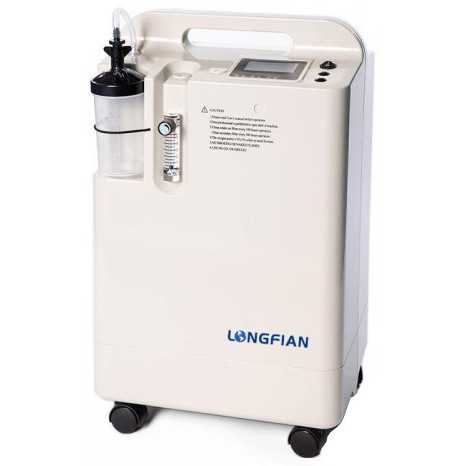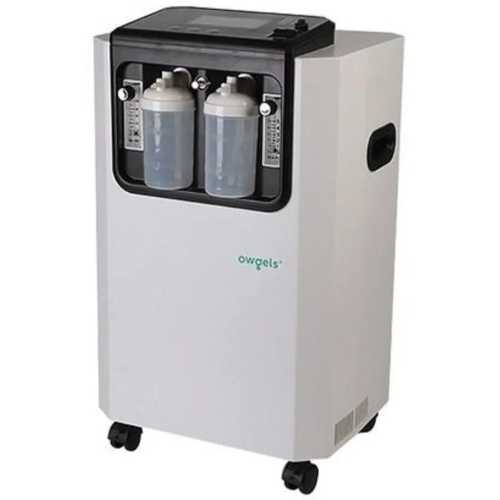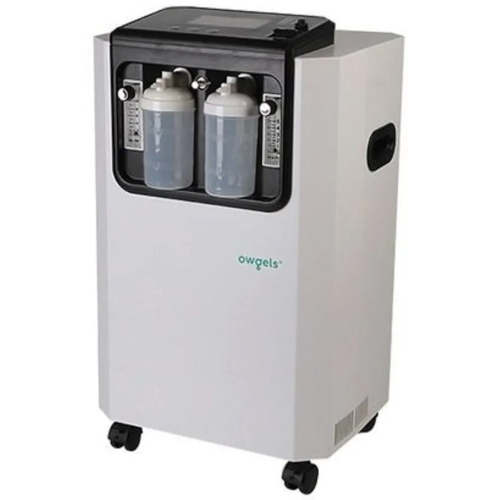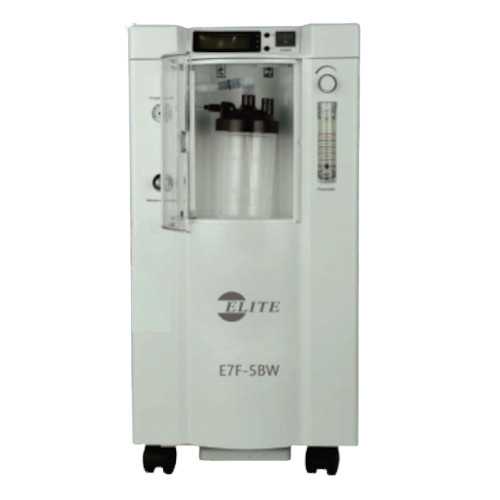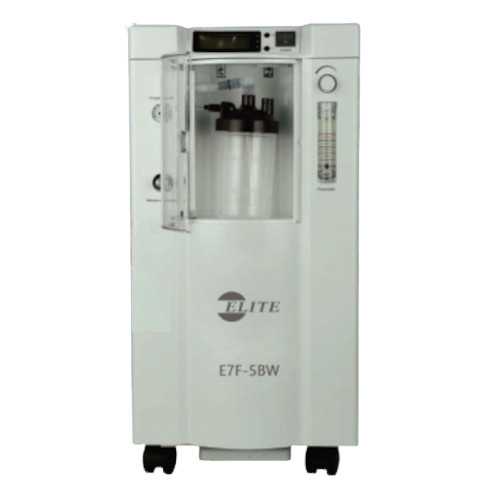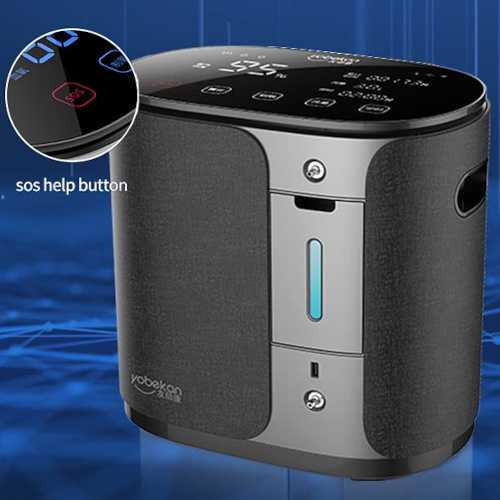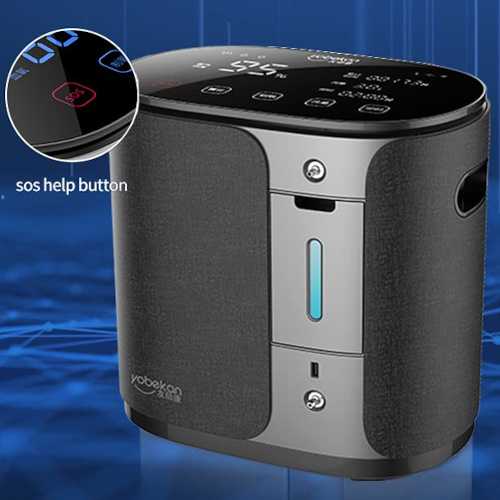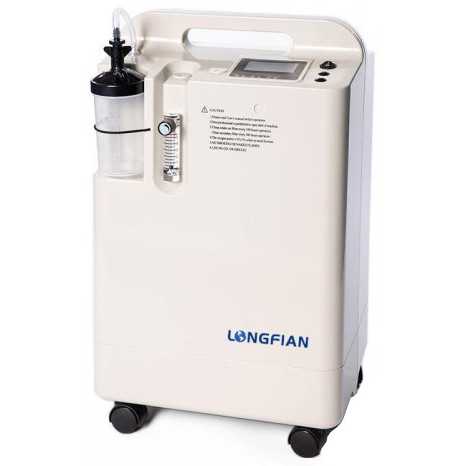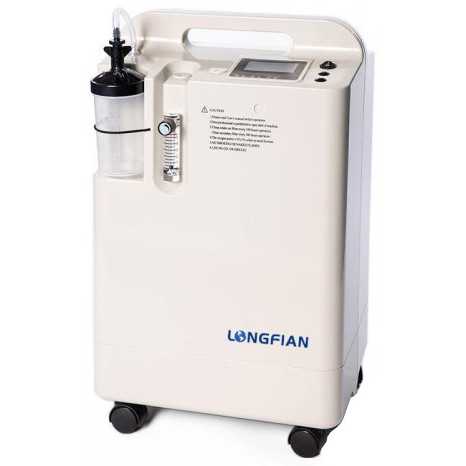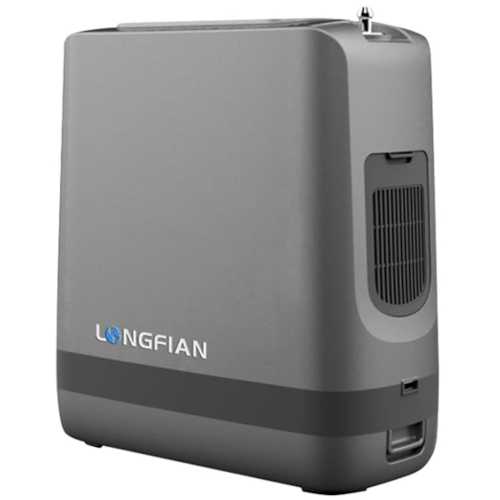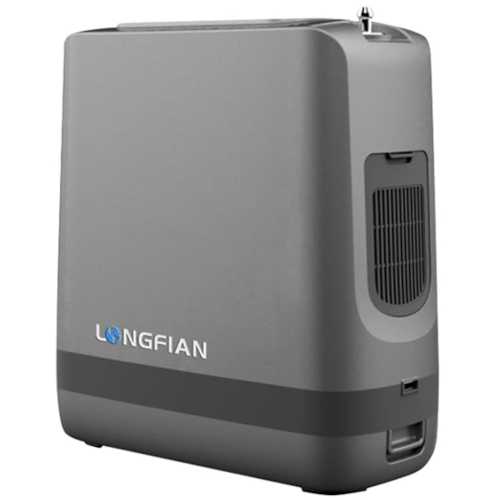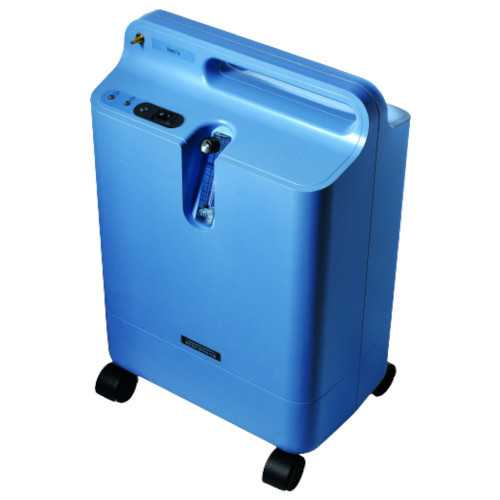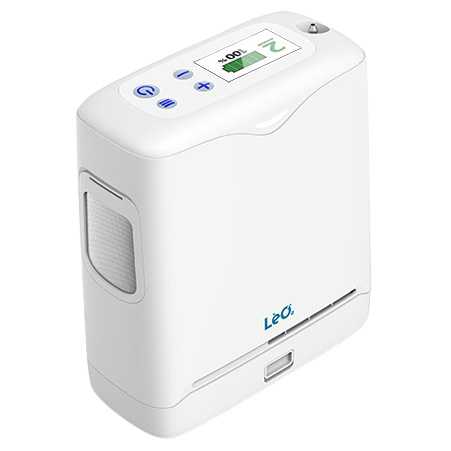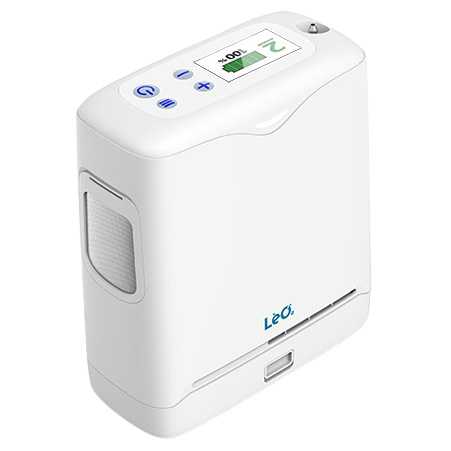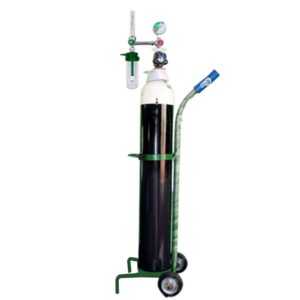Genu valgum Treatment
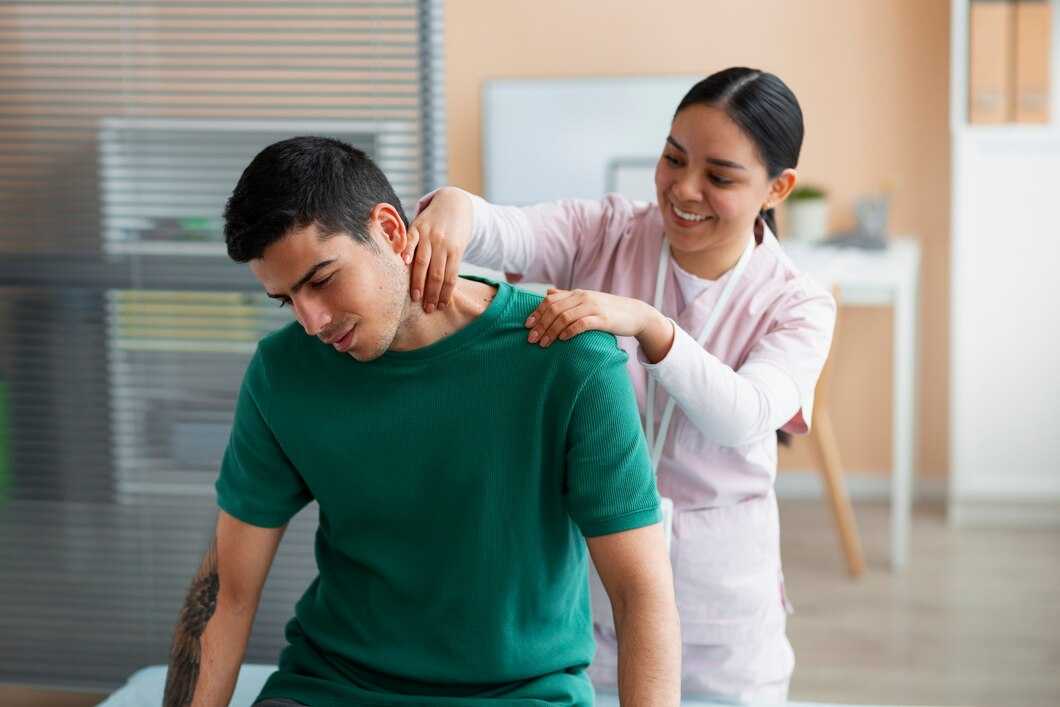
Genu valgum Treatment
genu valgum
Commonly known as ‘Knock-knees,’ genu Valgum is a condition where the knees bend inward, causing the legs to angle away from each other. This misalignment is particularly common in children aged 3 to 5 years and typically corrects itself by the age of 7 to 8 years. It’s important to distinguish genu Valgum from genu Valgum, a condition where the knees bow outward, often referred to as bow-leggedness. While genu Valgum involves inward knee bending, genu Valgum results in outward knee bending, presenting two distinct types of knee misalignment.
symptoms of genu valgum
The symptoms of genus Valgum can vary depending on the severity and age of the individual. Common signs include:
A gap of around 3 inches or more between the ankles due to the knees touching.
Joint stiffness.
Persistent pain in the knee or hip area.
Pain in the feet or ankles.
Limping while walking.
Reduced range of motion in the legs or hips.
Difficulty running or walking.
Progressive knee arthritis in adults.
Wobbling or instability in the knees.
causes of genu valgum?
Genu valgum can arise from various factors depending on the patient’s age and health. In children, common causes include:
Vitamin D and C deficiencies
Obesity or excessive weight
Congenital factors affecting knee development
Severe knee injuries
Infections in the knee bones
Joint stiffness or soreness
Growth plate injuries
Skeletal dysplasia
Metabolic bone disorders
Other bone diseases
In adults, common causes include:
Rheumatoid arthritis affecting the knee
Age-related wear and tear (osteoarthritis)
Obesity
Genetic conditions
Serious knee and shinbone injuries
Metabolic diseases
Renal failure
diagnosed genu valgum
The diagnosis of Genu valgum typically involves the following steps:
Medical History Review: The doctor examines the patient’s medical history, including any family history of the condition and pre-existing conditions that could contribute to Genu valgum.
Physical Examination: The doctor checks knee alignment while the patient is standing, assesses gait, measures leg length, and looks for flat feet or unusual wear patterns on shoes.
Imaging Studies: If initial assessments are inconclusive, the doctor may order MRI or X-rays to examine bone structure for deformities or degenerations.
treatment of genu valgum
When diagnosed in adulthood and left untreated, Genu Valgum can lead to progressive issues such as:
Increased Knee Pain: Persistent pain due to the misalignment and overload on the knees.
Knee Instability: A feeling of instability or wobbling in the knees, affecting balance.
Walking Difficulties: Challenges with walking and mobility due to discomfort and misalignment.
Bone Deformities: Potential for further deformities in the knee bones.
Arthritis: Development of osteoarthritis or other forms of arthritis due to the increased stress on the knee joints.
Joint Degeneration: Accelerated wear and tear on the knee joints, leading to decreased function and mobility.
how can physiotherapy help
Physiotherapy plays a crucial role in managing Genu valgum by aiding in realignment and stabilization of the knees. Key benefits of physiotherapy for Genu valgum include:
Muscle Strengthening: Exercises focus on strengthening the thigh, leg, and hip muscles, which can help stabilize the knee joints.
Pressure Reduction: Physiotherapy helps to alleviate pressure and reduce pain and stress in the knees and legs.
Gait Improvement: By relieving excessive pressure on the joints, physiotherapy helps improve walking patterns.
Fatigue Reduction: Physiotherapy exercises can lessen fatigue associated with Genu valgum symptoms.
Joint Protection: Targeted exercises aid in realigning the joints, which helps prevent further deterioration.
exercises for genu valgum
For managing Genu Valgum, several physiotherapy exercises and therapies can be effective. These include:
Joint Effusion High Voltage Pulsed Galvanic Stimulation: Helps in reducing swelling and pain.
Interferential Therapy and Strong Faradic Electrical Stimulation: Provides pain relief by stimulating muscles and nerves.
Capsular Stretching Exercises: Aims to stretch tight joint capsules to improve mobility.
Soft Tissue Massages: Reduces muscle tension and improves blood flow.
Stretching of Hamstrings and Hip Adductors: Alleviates pain by relieving tight muscles.
Quadriceps Exercises: Strengthens the muscles around the knee to provide better support.
Core Strengthening Exercises: Enhances overall stability and reduces strain on the knees.
Sports Taping: Provides support and stability to the knee joints.
Contrast Bathing: Alternates between warm and cold water to reduce inflammation and promote healing.
how can we help?
Portea, a prominent home healthcare provider in India, offers several benefits for physiotherapy services:
Convenience and Consistency: Portea’s home visits ensure adherence to prescribed exercise routines, leading to quicker recovery compared to self-designed programs.
Qualified Professionals: Therapists are rigorously screened for their experience and professionalism, guaranteeing high-quality care.
Personalized Plans: Tailored exercise programs are developed to address specific rehabilitation needs.
Cost-Efficiency: Home-based physiotherapy is cost-effective, saving 25-30% compared to hospital or clinic treatments.
Comprehensive Care: Beyond exercises, therapists offer advice on lifestyle changes, posture, and pain relief techniques.
Up-to-Date Techniques: Continuous training ensures therapists use the latest techniques for effective rehabilitation.

